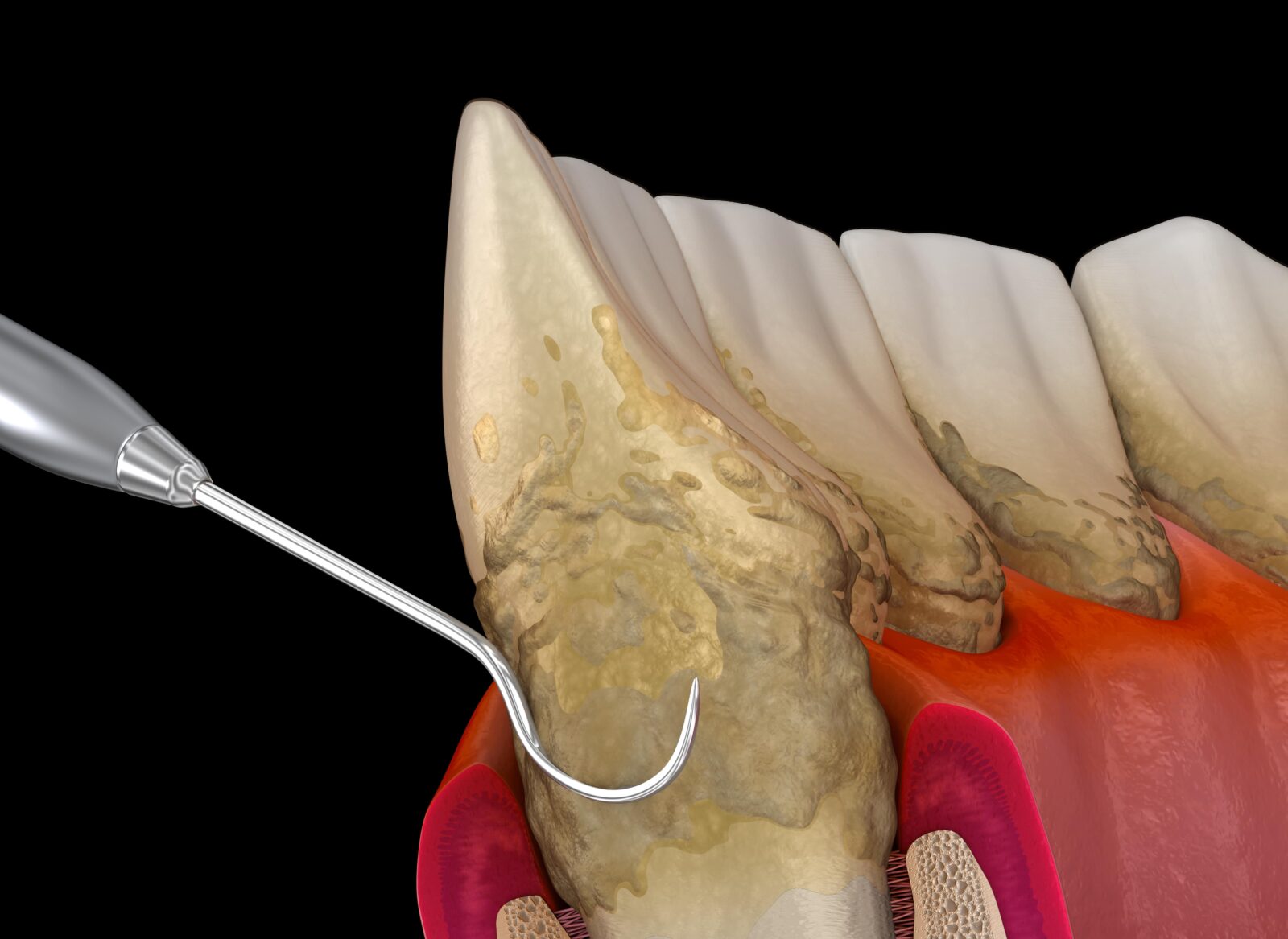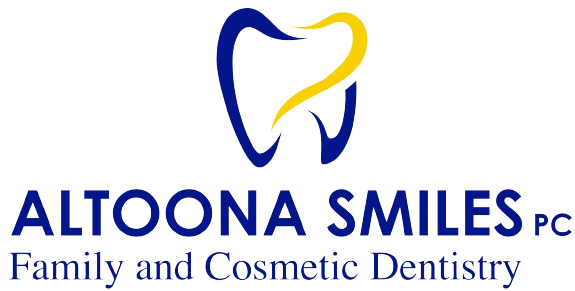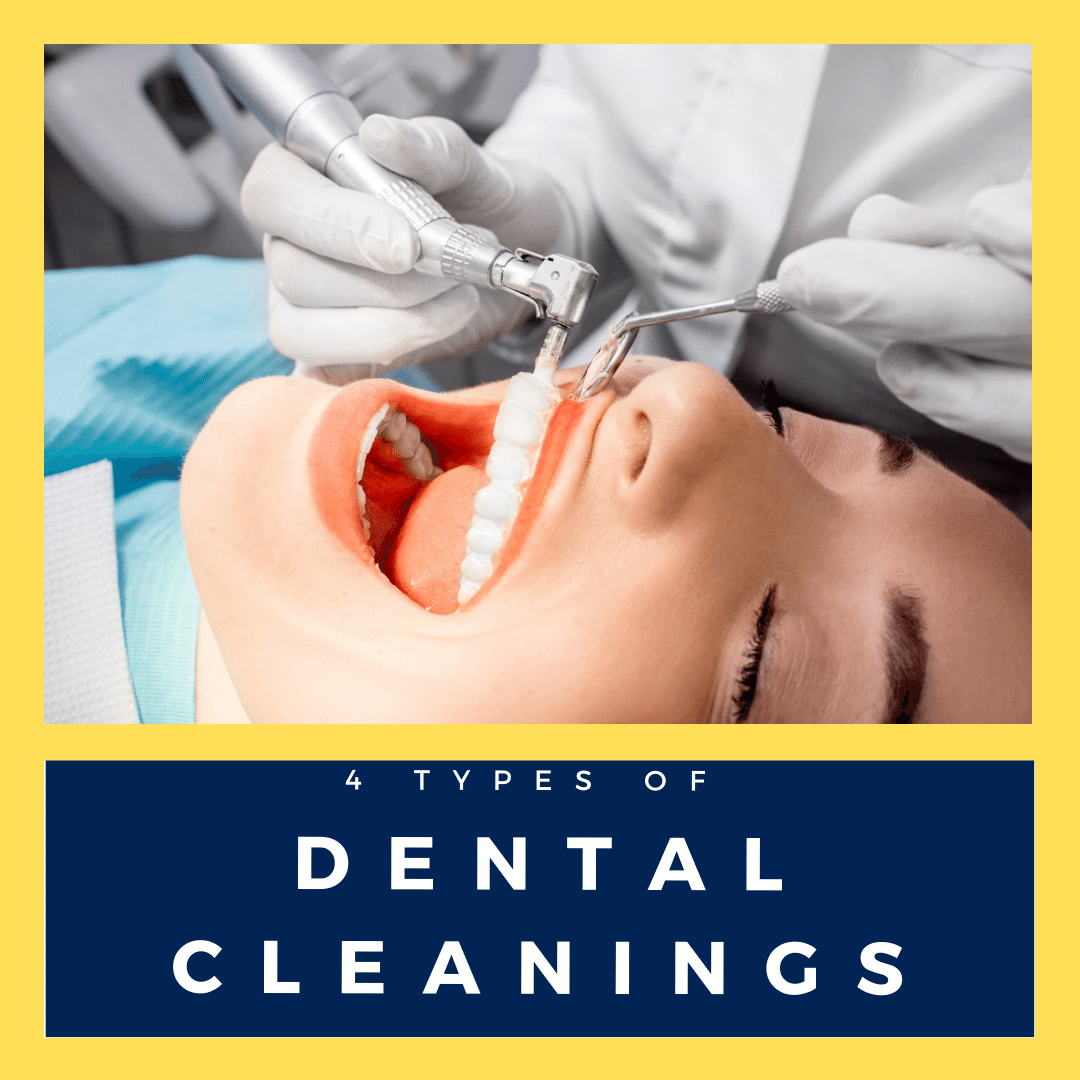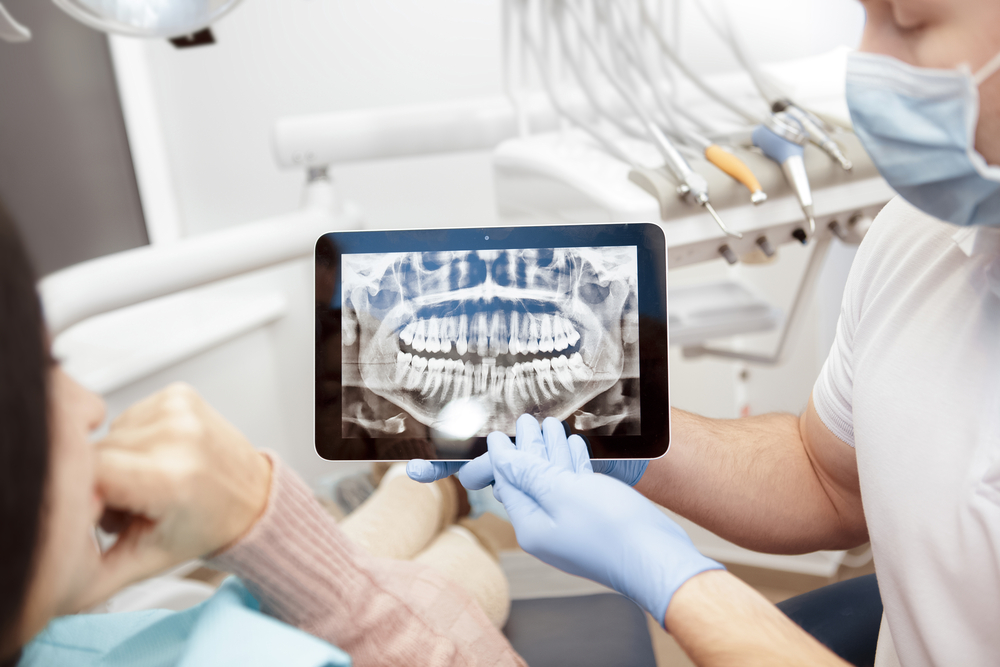Dental cleanings are an important part of oral care. They help remove plaque and bacteria from teeth and gums, and they also help prevent gum disease and tooth decay. The American Dental Association recommends dental cleanings every six months for most people, however some people may benefit from more frequent cleanings. In this blog post, we will discuss the four different types of dental cleanings: prophylaxis, scaling and root planing, periodontal maintenance cleanings, and debridement.
Prophylaxis Cleaning
A prophylaxis is a preventative cleaning that is recommended for people who have generally healthy gums and teeth. This type of cleaning helps remove plaque and bacteria from teeth. A prophylaxis cleaning is a simple, routine procedure that typically takes about 30 minutes. The dentist will first remove any visible plaque and tartar from the teeth with a tool called a scaler. Then, they will brush the teeth with a gritty toothpaste, floss between the teeth, and rinse the mouth. This helps remove any remaining plaque and bacteria. Finally, a fluoride polish will be applied to the surface of the teeth to strengthen the enamel and prevent future plaque accumulation.
Scaling and Root Planing Cleaning

A scaling and root planing cleaning, also sometimes known as a deep cleaning, is recommended for people who have gum disease. This type of cleaning helps remove plaque and bacteria from below the gum line, where it can cause damage to the gums and teeth. This cleaning consists of two parts. First, the dentist will use a scaler to remove any plaque and tartar from the teeth. Next, they will use a small instrument to clean the root surfaces of the teeth. This helps remove any bacteria that may be present and smooths the root surface. A scaling and root planing cleaning usually takes about an hour to complete.
Periodontal Maintenance Cleaning
A periodontal maintenance cleaning is recommended for people who have been diagnosed with an advanced and chronic form of gum disease known as periodontitis. This type of cleaning is similar to a deep cleaning and helps remove plaque and bacteria from below the gum line, where it can cause damage to the gums and teeth. A periodontal maintenance cleaning typically takes about an hour to complete. The goal of periodontal maintenance cleanings are to prevent gum disease from getting worse and they may be performed more often, around every 3-4 months.
Debridement Cleaning
A debridement cleaning is recommended for people who have an excessive build-up of plaque and tartar on their teeth. This type of cleaning helps remove years of plaque and tartar accumulation using a motorized scaler to gradually chip away at tartar deposits. A debridement cleaning is the most involved type of dental cleaning and can take multiple appointments to complete. This is because they are often performed one quadrant at a time with dental anesthetics and sedation. Debridement cleanings are rare and are performed in cases where an individual has either never been to a dentist or has been unable to practice any dental hygiene for years.
In Conclusion
In this blog post, we have discussed the four different types of dental cleanings: prophylaxis, scaling and root planing, periodontal maintenance cleanings, and debridement. Dental cleanings are an important part of oral care and they help remove plaque and bacteria from teeth and gums. The type of dental cleaning recommended for you will depend on your oral health. If you have any questions, or if you would like to schedule a dental cleaning, please contact our office today! We would be happy to help you achieve and maintain optimal oral health.







